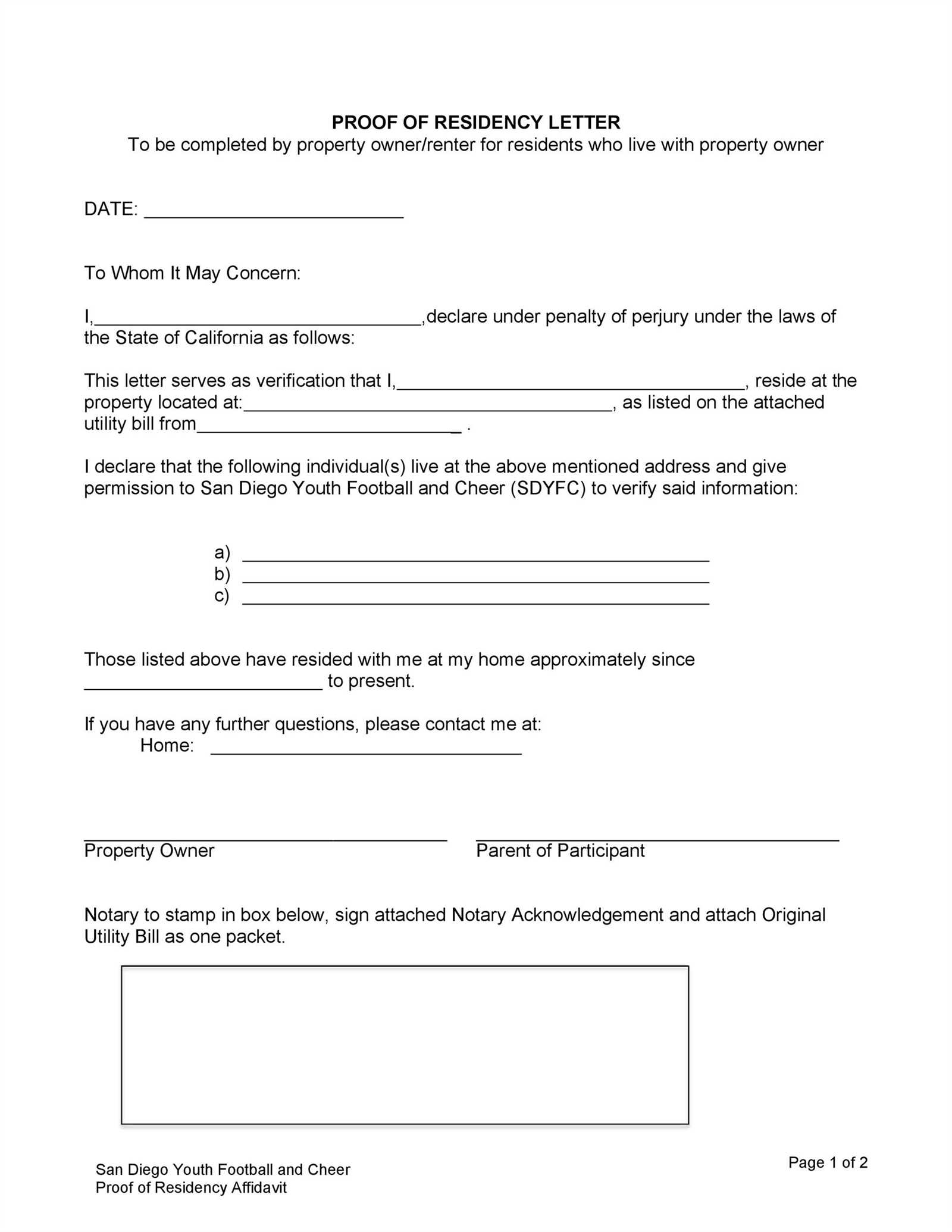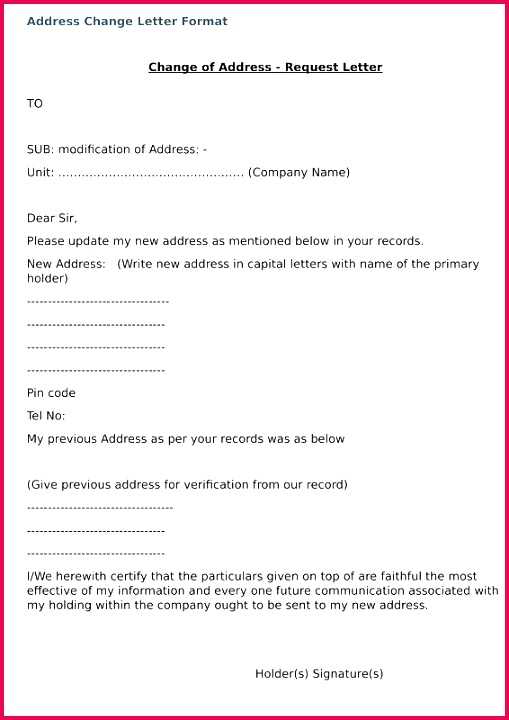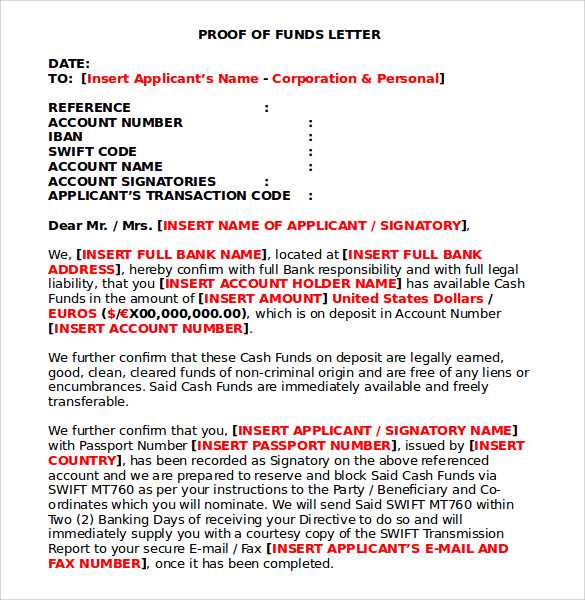Proof of Ownership Letter Template for Easy Use

When it comes to verifying your rights to certain items or assets, having a formal document that outlines your claim can be crucial. This document serves as a reliable means to demonstrate that you are the rightful holder of specific property, whether it’s personal belongings, real estate, or valuable items.
To craft such a statement, it’s important to include specific details that clearly identify both the asset in question and the person asserting the claim. With the right format, you can ensure the document is recognized in various legal and business situations, providing clarity and legitimacy to your possession.
Understanding the structure of this document is key, as it needs to present relevant information in a clear and concise manner. Additionally, the text must be tailored to fit the context in which it will be used, ensuring it meets all necessary requirements and expectations.
Crafting a Proof of Ownership Letter
Creating a formal document to assert possession of a particular item or asset requires attention to detail. It should provide all necessary information that establishes the connection between the holder and the asset, while ensuring the statement is clear, professional, and suitable for official use.
Key Information to Include
For the document to be effective, it must include essential details such as the description of the item, the date of acquisition, and the individual’s identity. It’s important to mention the specific circumstances under which the item was obtained, whether through purchase, inheritance, or other means. Additionally, any identifying features or unique qualities of the item should be specified.
Formatting and Structure
The format of the document should be straightforward and easy to follow. Start with a clear heading indicating the purpose of the statement, followed by the relevant personal and asset details. It’s crucial to maintain a professional tone and structure, ensuring that the document is concise yet comprehensive enough to fulfill its purpose.
Why You Need a Proof of Ownership
Establishing clear evidence of your rights to an item or asset can be essential in various situations. Whether you’re dealing with legal matters, selling valuable goods, or securing insurance, having a documented claim is often necessary for confirming your possession and protecting your interests.
In some cases, such a statement can help resolve disputes or provide clarity during transactions. It serves as an official record, ensuring that you can demonstrate your connection to the asset when needed, making it a vital tool in maintaining control and ownership over your property.
Essential Information to Include
For a document to effectively demonstrate your claim to an item or asset, certain details must be clearly outlined. This information ensures the statement is comprehensive and can serve its purpose in various legal or professional contexts.
Key Details to Mention
- Asset Description: Provide a clear and detailed description of the item, including any distinguishing features or serial numbers.
- Acquisition Date: Specify when the asset was obtained, whether through purchase, inheritance, or another means.
- Holder’s Information: Include the full name, address, and contact details of the person asserting the claim.
- Transaction or Transfer Details: Mention any supporting evidence such as receipts, contracts, or other documentation that validates the transaction.
Additional Considerations

- Signature: The individual claiming the item should sign the document to verify authenticity.
- Witness Information: If applicable, include details of any witnesses who can verify the transaction or claim.
Step-by-Step Guide to Customizing

Adapting a formal document to suit your specific needs involves several important steps. By following a structured approach, you can ensure that the information included is relevant, clear, and legally sound for the particular situation at hand.
Personalizing the Document
The first step is to tailor the content to reflect your unique circumstances. This means filling in personal details, specifying the asset in question, and ensuring that all relevant dates and information are accurately recorded.
Formatting and Finalizing
Once the content is customized, you need to format the document correctly. This includes ensuring clarity, organization, and readability. A well-structured document is essential for its acceptance and effectiveness in official settings.
| Step | Action |
|---|---|
| 1 | Fill in personal and asset details |
| 2 | Specify the acquisition method and date |
| 3 | Include supporting evidence such as receipts |
| 4 | Ensure the document is clear and concise |
| 5 | Sign and finalize the document |
Different Situations for Using the Letter
There are several scenarios in which a formal statement of possession can be required. Whether for legal, personal, or commercial reasons, having this document readily available ensures that you can easily confirm your rights to an item or asset in various contexts.
Legal Matters: When involved in disputes or claims, having a verified statement can help establish ownership and clarify legal responsibilities.
Insurance Claims: In the event of damage, theft, or loss, such a document can be crucial for proving that you owned the property before making a claim.
Selling or Transferring Assets: When selling or gifting valuable items, this statement is often necessary to confirm the legitimacy of the transaction for both parties.
Estate and Inheritance Procedures: During the distribution of assets in the case of inheritance, confirming the rightful owner can help facilitate the process smoothly.
Common Mistakes to Avoid
When creating a document to establish possession, there are several common errors that can compromise its validity. These mistakes can lead to confusion, disputes, or even legal issues, making it essential to avoid them when drafting your claim.
Common Errors in Documentation
- Incomplete Information: Failing to include essential details such as the asset description, acquisition date, or proof of purchase can weaken the claim.
- Ambiguous Descriptions: Vague or unclear descriptions of the asset can create confusion. Be as specific as possible to avoid misinterpretation.
- Missing Signatures: A document without proper signatures may not be considered legitimate. Ensure that all necessary parties sign the statement to verify its authenticity.
Formatting Issues
- Poor Organization: A disorganized document can make it difficult for others to review the information. Use clear headings and sections to enhance readability.
- Incorrect Dates: Ensure that all dates are accurate, as incorrect or inconsistent dates may lead to challenges in validating the document.
Legal Validity and Requirements
For a statement confirming possession to be legally recognized, it must meet certain requirements. Understanding these legal standards is crucial to ensuring that the document holds weight in various situations, such as disputes or official proceedings.
Essential Legal Elements
- Clear Identification: The document must clearly identify both the individual or entity asserting the right and the asset in question.
- Signature and Witnesses: In many cases, the signature of the owner is required, and having witnesses or a notary public can add an extra layer of credibility.
- Accurate Details: Providing precise information, including acquisition date, condition, and serial numbers, can make the document legally binding.
Jurisdiction-Specific Considerations
- Local Laws: Requirements may vary by region or country. Make sure the document aligns with local legal standards for it to be accepted in your jurisdiction.
- Supporting Documentation: Additional evidence, such as invoices or receipts, may be necessary to supplement the claim and enhance its legal validity.